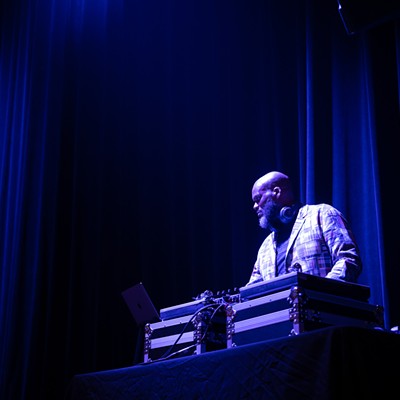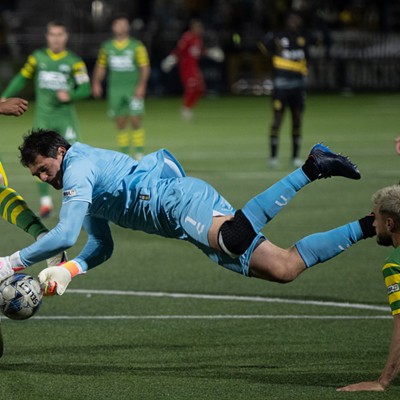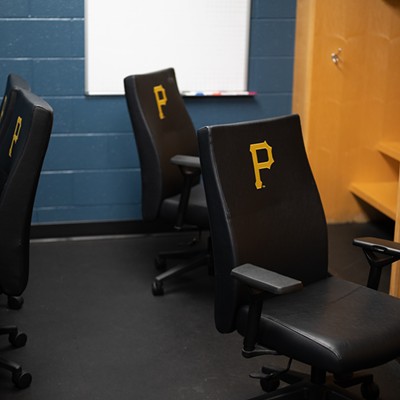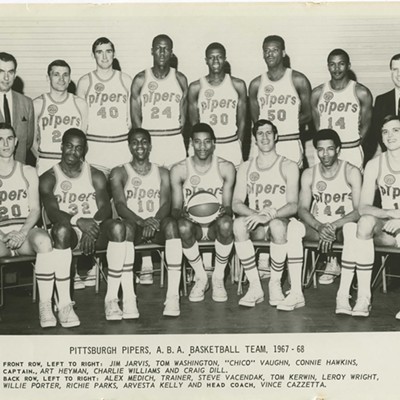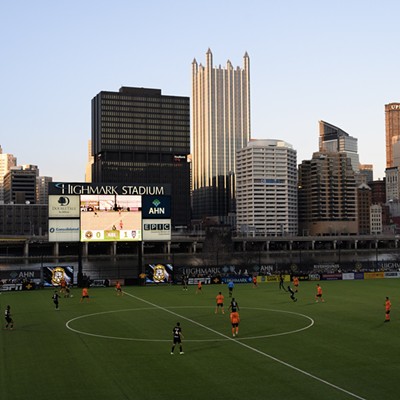We’ve been here before.
Seven years ago, the Penguins brought home the Stanley Cup, helped along by the momentum of a midseason head-coaching change. The next season, amid big expectations for a team stocked with some of the league’s biggest stars, they faltered in the playoffs, victims of a red-hot Jaroslav Halak in goal for the Canadiens. It began a seemingly interminable series of good-but-not-great seasons in which the team couldn’t quite seal the deal.
So how does the team keep from falling into that trap again? There are obvious answers — like Sidney Crosby-caliber play from Sidney Crosby — but beyond that, here are five things that need to happen if the Penguins hope to hoist the Cup again.
1. Nick Bonino continues to produce, with or without HBK. During last year’s dramatic midseason turnaround, one of the biggest surprises was the hot streak that the Pens’ third line of Carl Hagelin, Nick Bonino and Phil Kessel found. The HBK line became a fan favorite, but it might or might not return in the same form this season. Regardless of whether Mike Sullivan keeps the trio together — he’s said during preseason that it’s not yet decided — Bonino, the line’s center, will be a key to the team’s success.
During last year’s playoff run, Bonino led the team in assists, with 14. During the regular season, he won a career-best 50.4 percent of his faceoffs. These are the kinds of stats that will define Bonino’s 2016-17 season. He might not score as many goals as he did a few years ago with Vancouver and Anaheim, but this team has other goal-scorers. What the Penguins need is a Nick Bonino who’s consistent and creates scoring chances with whatever wingers he’s sent out there with.
2. Olli Maatta gets his groove back — and stays healthy. Maatta was a first-round pick in 2012 and had a great rookie season in 2013-14, finishing fifth in Calder Trophy voting that year. But injuries and a bout with thyroid cancer the following year kept him from reaching his full potential in subsequent seasons. He put up decent numbers last year, but was benched for a portion of the playoffs, thanks in part to a nasty hit from Brooks Orpik during the Washington series, but also as a healthy scratch when Mike Sullivan felt he wasn’t performing up to snuff.
Maatta just turned 22, an age when plenty of very good players are just entering the league, if not still playing in the farm system. And he’s locked down with a sizable contract through 2022. If he can avoid the poor luck he’s had with his health — and duck next time he sees Orpik coming — he’s primed to join, or even overtake, Kris Letang as the team’s star defenseman in the next season or two. An Olli Maatta who dresses for 80 or 82 games and keeps his plus/minus elevated is a good omen for a deep playoff run next spring.
3. Marc-Andre Fleury proves that he’s (still) a top-tier goalie. The story of last year’s Cup run was Matt Murray, often at the expense of Marc-Andre Fleury, the team’s veteran, effective (but not always consistent) net-minder. If you kept the TV on after the game-six win over San Jose in June, you probably remember Alby Oxenreiter’s painful on-ice interview with the Flower, in which the sportscaster all but bought Fleury’s ticket to whatever city he was going to be headed to before September.
But the Pens held on to both goalies over the summer, and then fate intervened in the form of a hand injury to Murray during September’s World Cup of Hockey. While Murray recovers, Fleury is back in the crease most nights, without the distraction of a goalie controversy. If he takes advantage of the moment and shows the league he’s still a top-tier goalie, the Pens will be better for it. No, there’s no need — and no room under the salary cap — for two star goalies on the roster, and the team’s hand might be forced next off-season, if not before. But Murray, hot as he was last season, still has only one NHL season under his belt, and we’ve seen many goalies flame out quickly after a hot streak, so it behooves the team to hold onto Fleury at least a little longer. A peak-performing Fleury-Murray platoon will give the rest of the league pause.
4. Mike Sullivan avoids a sophomore slump. Sullivan arrived from Wilkes-Barre and took the head coaching job with the Penguins midseason last year. He drove the team, which had struggled early on, all the way to the Cup, mirroring Dan Bylsma’s ascent in 2008-09. Sullivan has more NHL experience, and more years on the planet, than Bylsma did at the time, but he still faces the same challenge Bylsma did after that championship season: executing his approach successfully over an entire season, when ups and downs are inevitable.
Sullivan is, by all accounts, well respected by his team, and showed a knack last year for putting together player combinations that got results. But keeping the momentum alive will be doubly challenging for Sullivan, as he faces not only the sophomore slump, but the Cup hangover. During his first stint as an NHL head coach, in Boston, he took his team to the playoffs and a first-place division finish his first year, only to fail to make the postseason in his second. The lessons he learned a decade ago with the Bruins could help him keep the Penguins in contention this season.
5. Evgeni Malkin earns his paycheck. Remember the halcyon days of the 2008 and 2009 playoff runs, when Crosby and Malkin were the “Two-Headed Monster,” devouring goalies on their way to two conference championships and a Stanley Cup? Heavy are the heads that wear the crowns, and in the years since, the monster, while often not quite living up to the massive expectations laid on it, has certainly been devouring salary-cap space. Every time Malkin hits a rough patch — and it happens — there are insinuations that this town’s not quite big enough for both heads anymore.
Malkin played well last year, especially early on, but was injury-plagued late in the season and missed a significant number of games. That’s nothing new; the last time he played 70 or more games in a season was 2011-12 (when, coincidentally, he led the team in both shots on goal and points). But let’s be optimistic: So far, Malkin seems to be healthy this year, he played OK (if not outstandingly) for Russia in the World Cup, and there’s no reason to think he can’t show the front office why he’s pulling more than $9 million this year. If he can find the net — especially on the power play — he’ll help keep the Cup in town another year.





